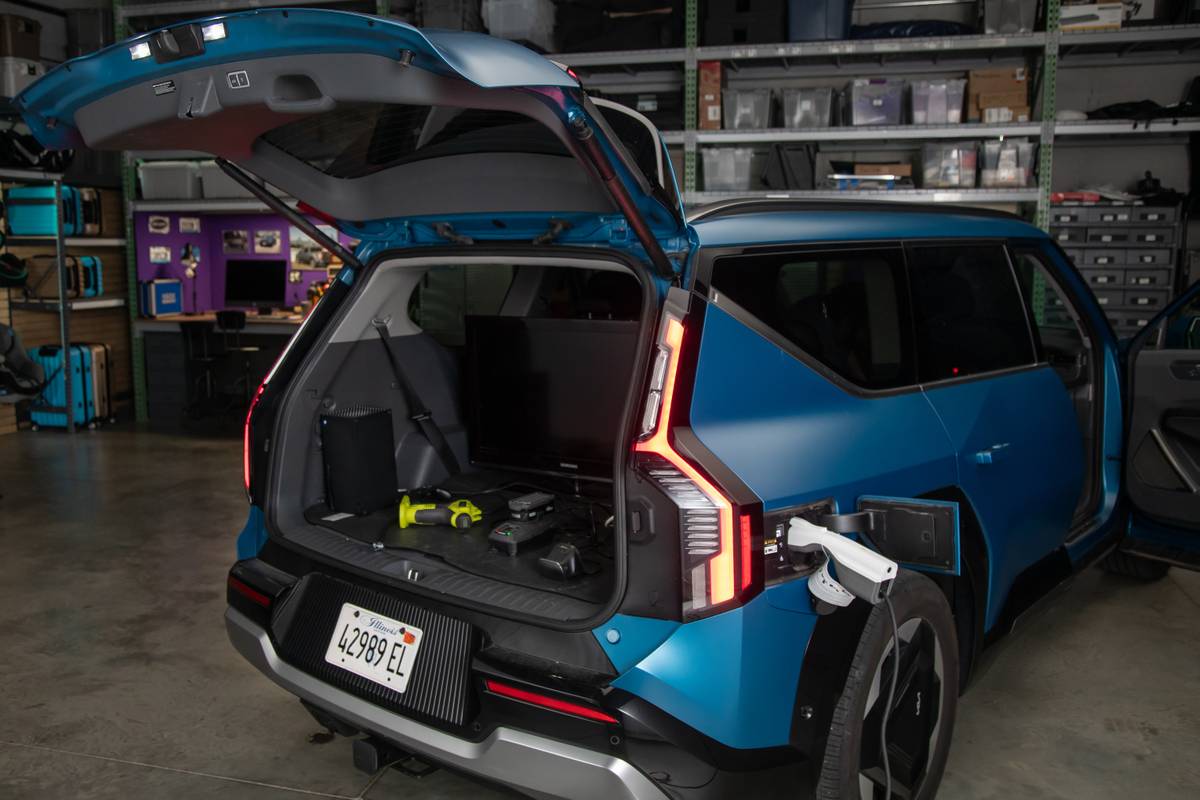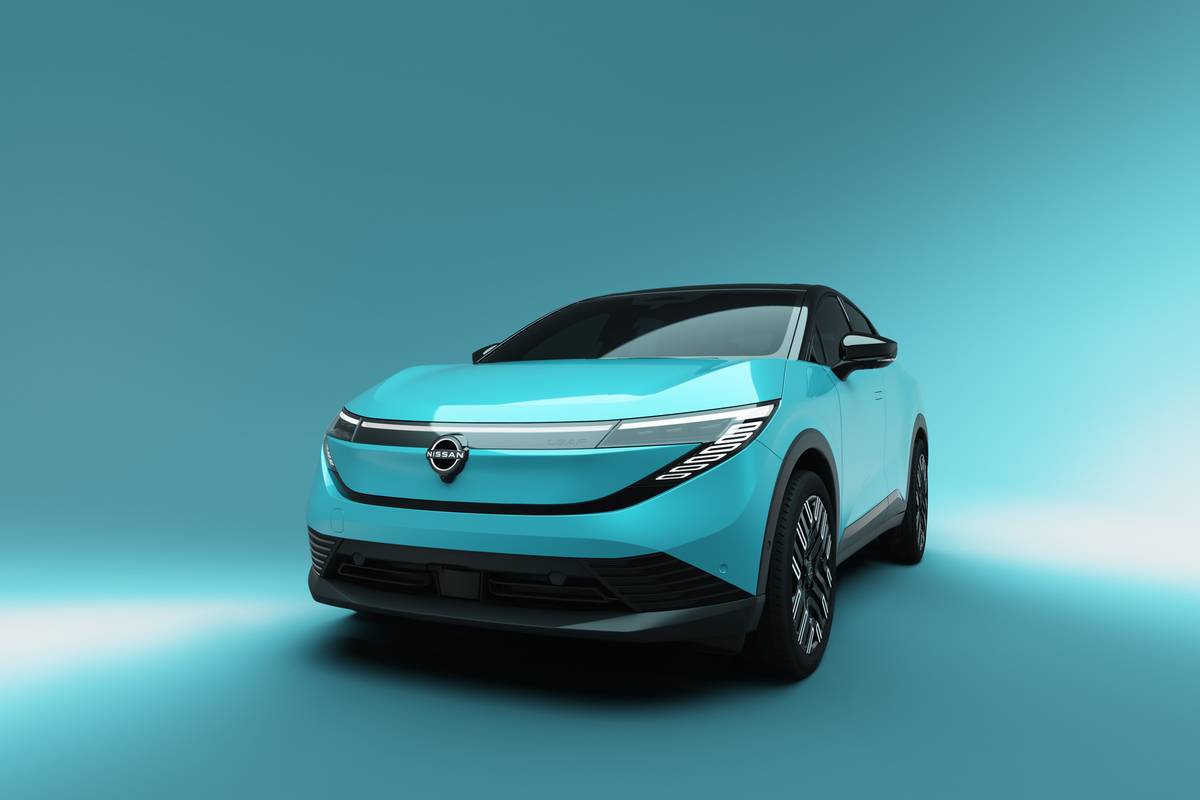KansasCity.com's view
With the new Dodge Challenger, Ford Mustang and Chevrolet Camaro passing through my hands in the last month, it feels almost as if it were 1970 when the pony car wars were in full swing.
Each of these cars is a modern reinterpretation of the original, brought forward with contemporary components wrapped in styling that is totally new but reminiscent of the original. The modern versions are also considerably larger than their predecessors, although it’s hard to tell that unless the new car is placed beside an old one.
Today’s subject is the 2010 Camaro, a car for which Chevy loyalists have been waiting since the first concept made its debut at car shows in 2006.
The design appears to be a distillation of the essence of the 1969, yet the new car is dramatically bolder, especially in the way the rear fenders bulge out to cover the 20-inch wheels of the SS.
Primary development of the Camaro was carried out in Australia by GM’s Holden subsidiary, and it rides on a chassis that is derived from the Pontiac G8. Compared to the Pontiac, the Camaro’s front wheels have been moved ahead by 3 inches and the rear wheels by 5 inches. The wheelbase is 112.3 inches, which is quite long for a car in this segment.
The Camaro is available with a 304-horsepower, 3.6-liter V-6 or a 6.2-liter V-8 that is rated at 400 horsepower with the six-speed automatic or 426 horsepower when equipped with the six-speed manual transmission. Prices begin at $22,245 and top out at $33,430.
I drove both the V-6 and the V-8, both with automatic transmissions. The V-6 was equipped with the RS package of 20-inch wheels and rear spoiler, and its sticker price was $30,115. The SS had a sticker price of $35,835. The surprising thing about the V-6 is that it produces almost as much horsepower as a Mustang V-8, and it is rated at 29 miles per gallon on the highway.
The 426-horse output of the SS humbles the Mustang and compares favorably to the Dodge Challenger SRT8. The highway mileage rating is 25 mpg with the automatic transmission, in part because the engine uses Chevy’s Active Fuel Management to shut down four cylinders when conditions permit.
Most people will find the performance of the V-6 to be more than adequate, but pony cars are all about neck-snapping acceleration. For that, pick the SS V-8. It hits 60 mph is five seconds or less.
But the Camaro SS has more than just brutal acceleration. It handles very well on twisty roads, and the huge Brembo disc brakes scrub off speed with little drama.
The Camaro’s gun-slit windows and low top look cool, and they contribute to the car’s mean, hunkered-down stance. Both conspire to make the cabin feel just a tad claustrophobic, particularly when backing out of parking places or driveways. A rear-view camera would be a great option.
Speaking of options, there is no navigation system available, probably because it would bump up the cost.
The Camaro’s cabin is snug but comfortable. The front seats provide excellent support for long trips or aggressive driving. The instrument panel has square surrounds for the tachometer and speedometer, reflecting the design of the original. Four small gauges are located at the front of the center console.
Having the door lock button in the center of the dash is not handy, and the buttons for rear defrost and air conditioning in the center of temperature control knob were very small.
Price
The V-6 Camaro 2LT had a base price of $26,580. Options included the RS package and automatic transmission. The sticker price was $30,115.
The V-8 Camaro SS had a base price of $33,430. Options included the automatic transmission and 20-inch polished wheels. The sticker price was $35,835.
Warranty
Three years or 36,000 miles, with a five-year, 100,000-mile powertrain warranty.
2010 Chevrolet Camaro SS and RS
Engine: 6.2-liter, 400-hp V-8, 3.6-liter, 304-hp V-6
Transmission: Automatic
Rear-wheel drive
Wheelbase: 112.3 inches
Curb weight: 3,902 lbs.
Base price: $26,580 V-6, $33,430 V-8
As driven: $30,115 V-6, $35,835 V-8
MPG rating: 18 city, 29 hwy. V-6 16 city, 25 hwy. V-8
Tom Strongman’s e-mail address is tom@tomstrongman.com.
Latest news



